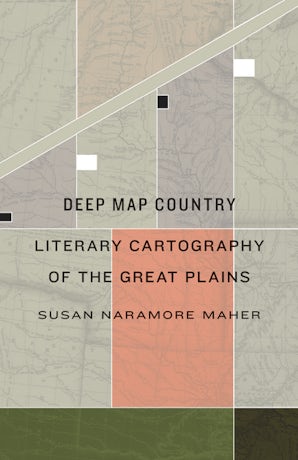"While Deep Map Country offers an important contribution to the growing body of work focused on the literature of the Great Plains, it also provides a kind of template for future ecocritical explorations of other deeply mapped bioregions."—Matthew Cella, Cultural Geographies
"If deep mapping is a sensibility more than anything else, Maher does an excellent job of taking that sensibility off the pages of others and using it to shape her own."—Kent C. Ryden, Journal of American Studies
"Maher’s study is a significant contribution to narrative theory and criticism, as well as to literary geography, but Deep Map Country ought to be especially valuable to anyone interested in the contemporary West, its history, and its future."—Robert T. Tally Jr., Western American Literature
"Susan Naramore Maher's Deep Map Country provides a seminal, expansive study of major nonfiction authors whose work grows out of and into the Great Plains, intersecting with its history, biology, sociology, temporality, and spirituality."—Gary Dop, Great Plains Quarterly
"Literary cartography seeks to express, explore, accentuate, and add dimensionality to places that often seem blank or empty on maps, and featureless to newcomers. Maher's study of this genre's imprint on the region, Deep Map Country: Literary Cartography on the Great Plains, is an essential synthesis to a body of work that transcends and frequently ignores disciplinary, cultural, and national boundaries."—Matthew S. Luckett, Middle West Review
“Deep Map Country will become the standard to which other interdisciplinary and ‘thick’ discussions of Great Plains works will be compared.”—Diane Quantic, author of The Nature of the Place: A Study of Great Plains Fiction
“What Maher describes is both a literary aesthetic and an ethos, and she chronicles a significant development in the literary culture of Plains writers.”—Rick Van Noy, author of Surveying the Interior: Literary Cartographers and the Sense of Place
